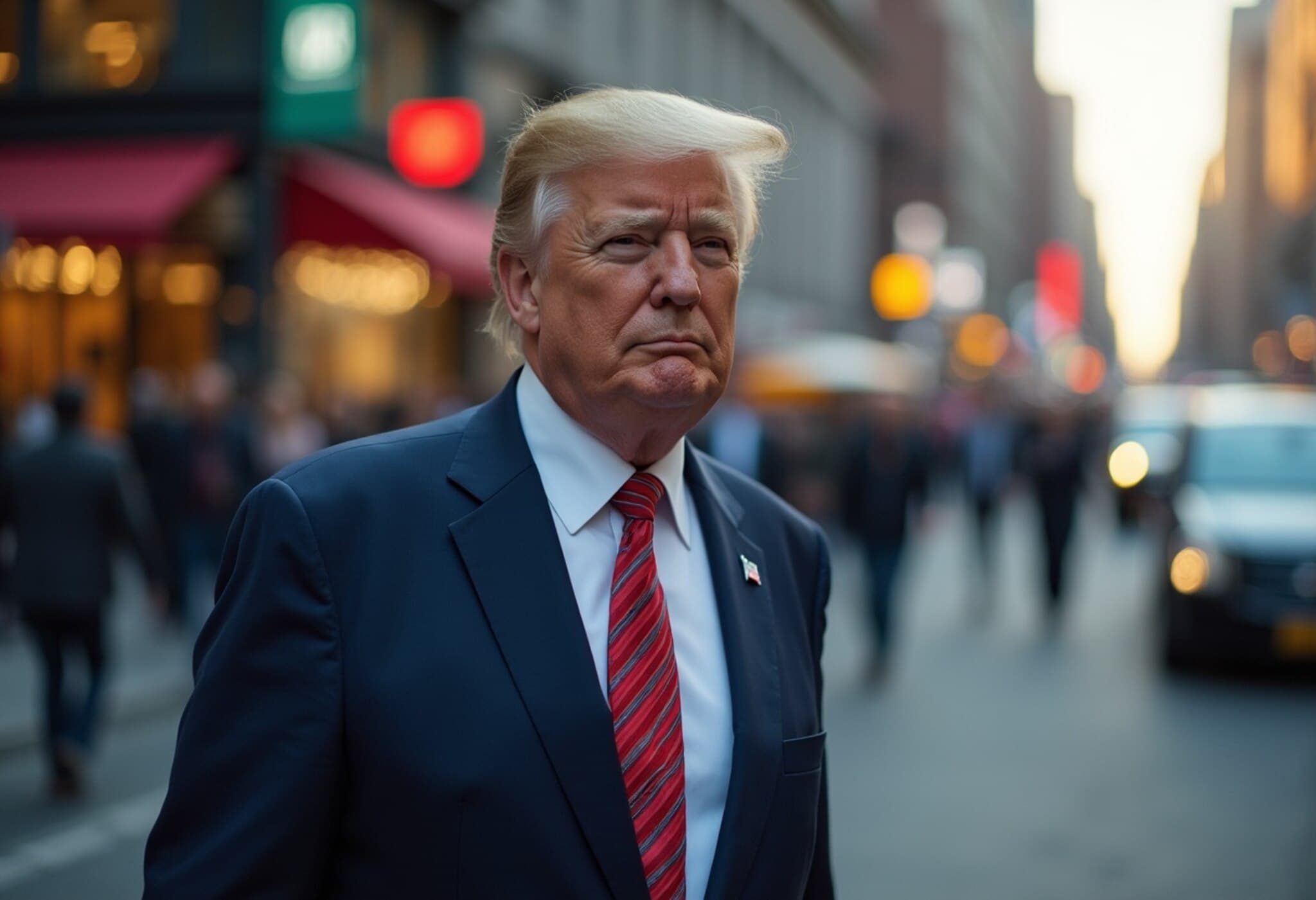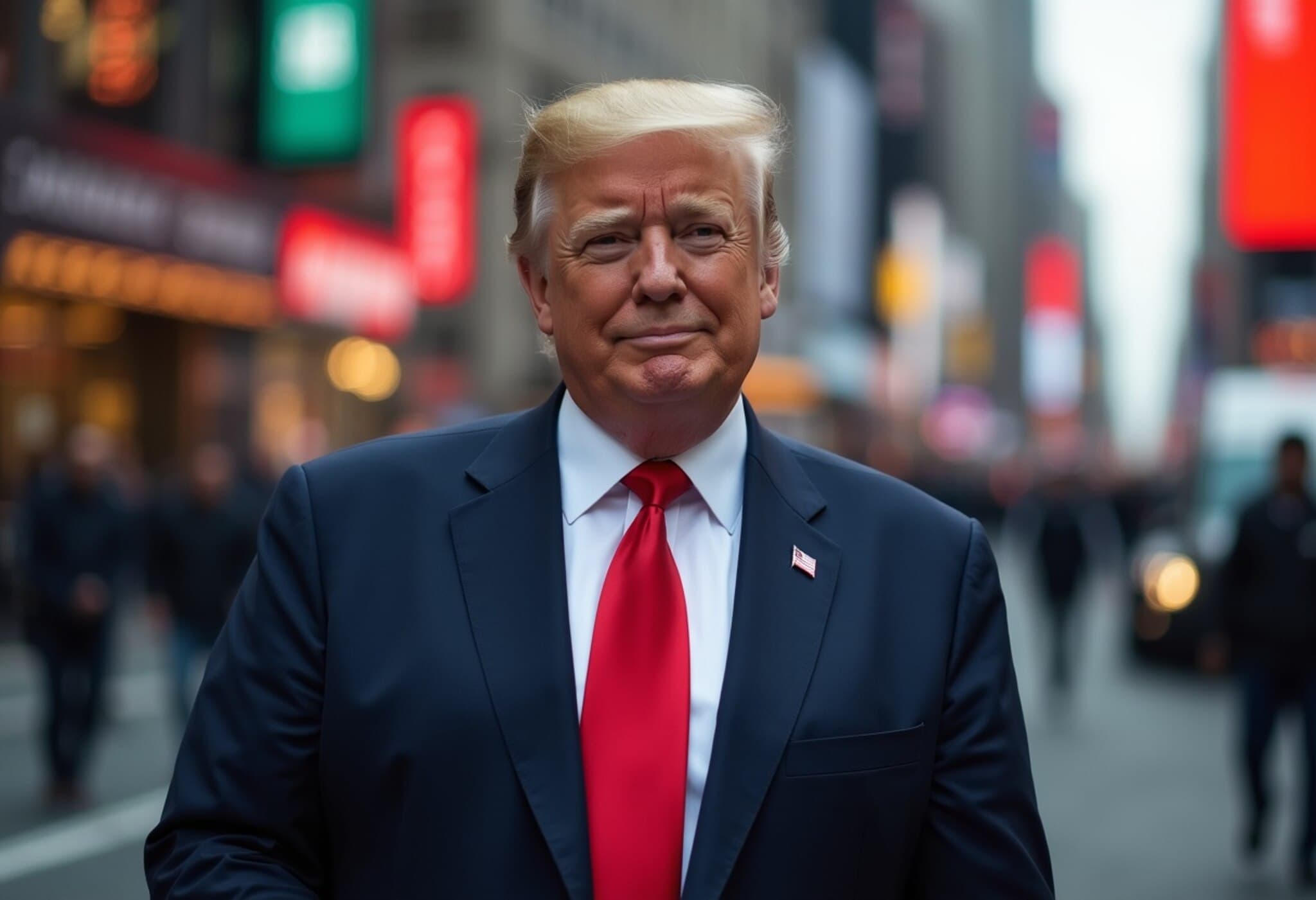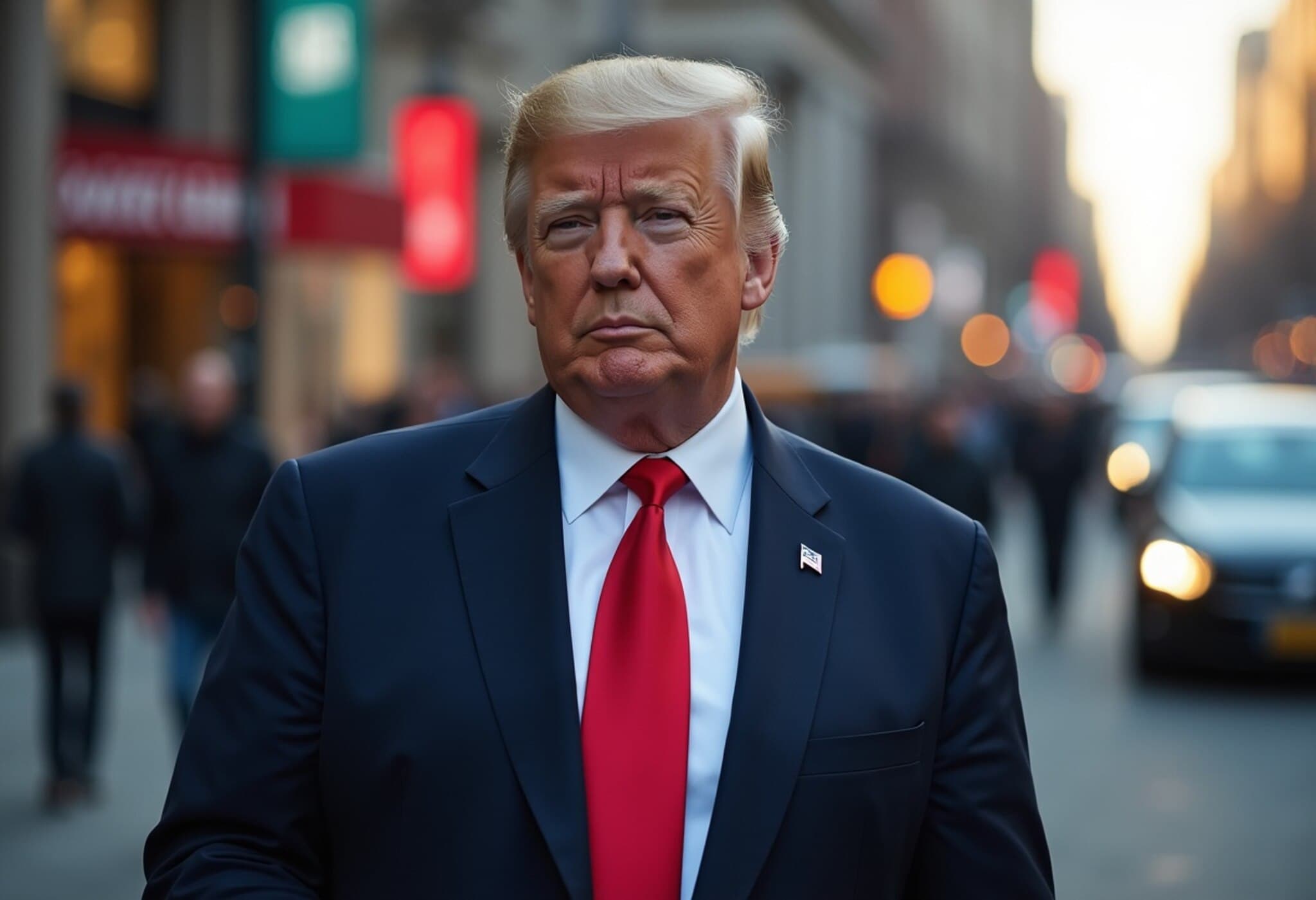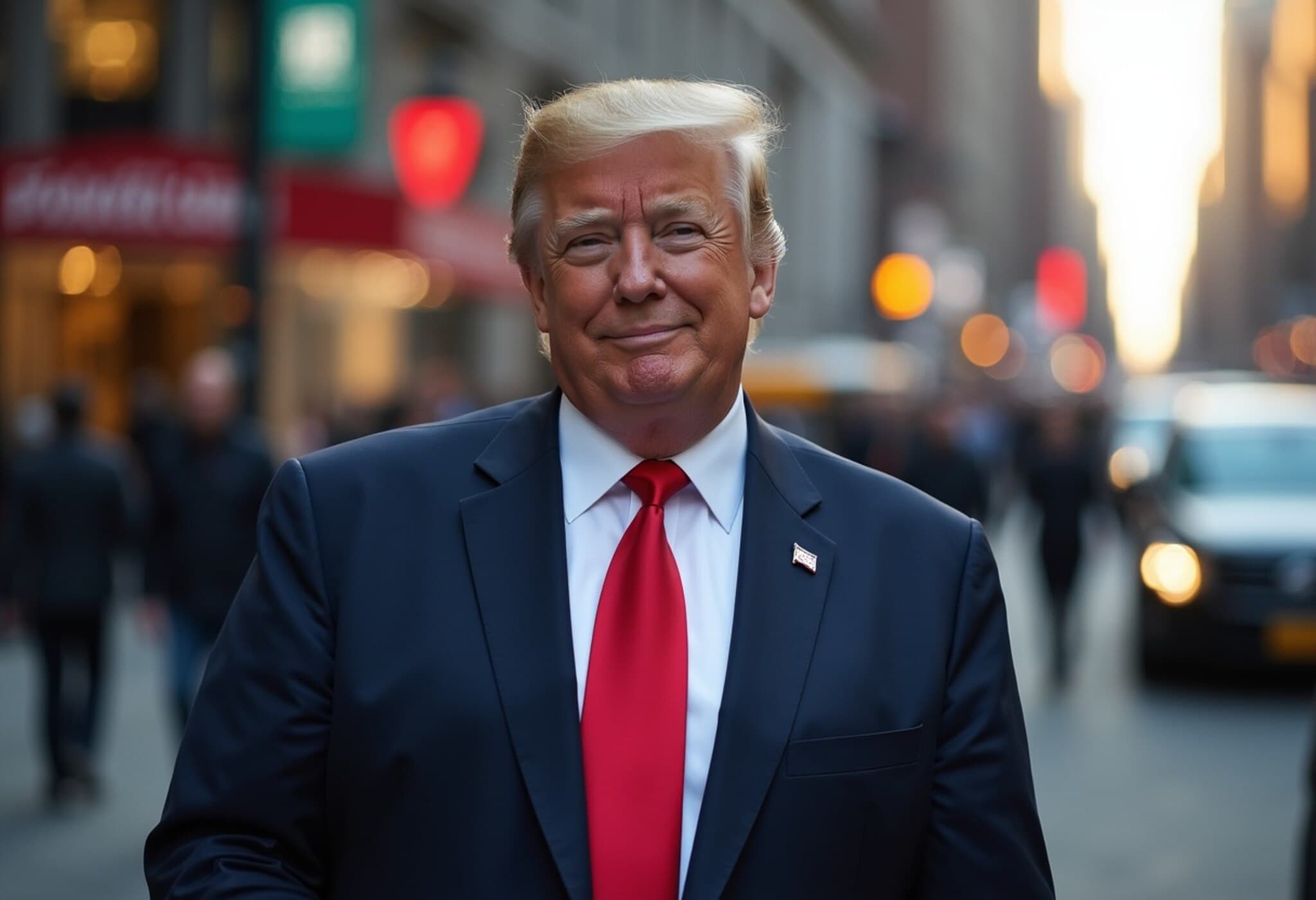June Producer Prices Hold Steady Amid Tariff Uncertainty
In June 2025, the U.S. producer price index (PPI) showed no growth, signaling flat wholesale prices compared to May. At first glance, this could suggest that President Donald Trump's tariffs are not exerting the feared inflationary pressure on domestic manufacturers. However, a closer look reveals a more complex picture.
The PPI tracks prices at the manufacturing level inside the U.S., excluding imports. According to the U.S. Bureau of Labor Statistics, imports are excluded since they are produced outside the domestic market. This differentiation is crucial when considering the broader inflation scenario facing American consumers.
Why Producer Prices May Not Tell the Whole Story
Unlike the PPI, the Consumer Price Index (CPI) includes all goods and services purchased by consumers, regardless of origin. Imports, particularly in sectors such as apparel and new vehicles, make up a significant portion of the CPI basket. For instance, June saw a 0.3% dip in new vehicle prices, hinting at tariff effects beginning to manifest in consumer pockets.
Experts caution that the full economic ramifications of tariffs may still lie ahead, especially with scheduled tariff updates set to take effect on August 1st—if enforced on schedule. This looming action raises critical questions for supply chains, inflation, and consumer costs.
Key Developments You Should Know
- Trump Denies Plans to Fire Fed Chair Jerome Powell: Conflicting reports emerged after President Trump allegedly informed GOP leaders of a plan to dismiss Powell. Shortly thereafter, Trump publicly refuted those claims, easing market anxieties about potential Federal Reserve upheaval.
- U.S. Stocks Rally Amid Market Volatility: Wall Street experienced a rollercoaster on Wednesday. Initially reacting negatively to firing rumors, benchmarks like the Dow Jones Industrial Average rebounded once the denial was issued. Tech stocks faced pressure, with some notable declines in the semiconductor sector.
- Wholesale Prices Remain Unchanged: The flat 0.0% PPI reading for June fell short of analysts’ 0.2% forecast, while the annual rise of 2.3% reached its lowest point since September 2024. This signals potential cooling pressure on manufacturing costs.
- Cryptocurrency Regulation Faces Congressional Pushback: Legislative efforts to pass cryptocurrency bills, particularly those addressing the Ethereum platform, encountered significant resistance. Multiple lawmakers expressed concerns, slowing progress and underscoring the complex regulatory landscape for digital assets.
- Ethereum Outperforms Bitcoin in Recent Rally: Since hitting a low in April, Ether’s value has surged over 130%, eclipsing Bitcoin’s 60% climb. Technical analysts note Ether has successfully broken out of important resistance levels, suggesting a momentum shift in the crypto markets.
Fintech Innovation Amid Funding Challenges
Emerging technologies from artificial intelligence to blockchain continue to reshape financial services — even as funding environments tighten. Reflecting this dynamism, CNBC and Statista unveiled their list of the top 300 global fintech companies, highlighting innovation hotspots and rising stars.
This resilience signals that transformative financial technologies will remain at the forefront of industry evolution, despite broader economic uncertainties.
Expert Analysis: Navigating the Unseen Impacts of Tariffs
Dr. Emily Hart, a senior economist at the Brookings Institution, explains, "Producer prices give us a snapshot of domestic production costs, but they don't capture the added costs consumers face from imports subject to tariffs. This gap can obscure inflation's true impact, especially in sectors heavily reliant on imported goods. Monitoring both indexes side by side is essential to understand the American economy’s health."
Furthermore, the political tension surrounding Fed leadership injects market volatility, complicating the policy outlook. Investors and policymakers alike should brace for uncertainty ahead, where tariff adjustments, monetary policy signals, and global supply chain disruptions intersect.
Editor’s Note
The steadfast PPI reading in June masks a more nuanced economic reality shaped by trade policies and international dynamics. As updated tariffs loom and consumer price pressures evolve, it’s critical not to overinterpret headline numbers without digging into their components.
Meanwhile, the tug-of-war over Fed leadership and crypto regulation unfolds as markets adapt to new frontiers – both fiscal and technological. Readers should ask: How will these intertwined forces influence inflation, innovation, and economic growth in the latter half of 2025?



















